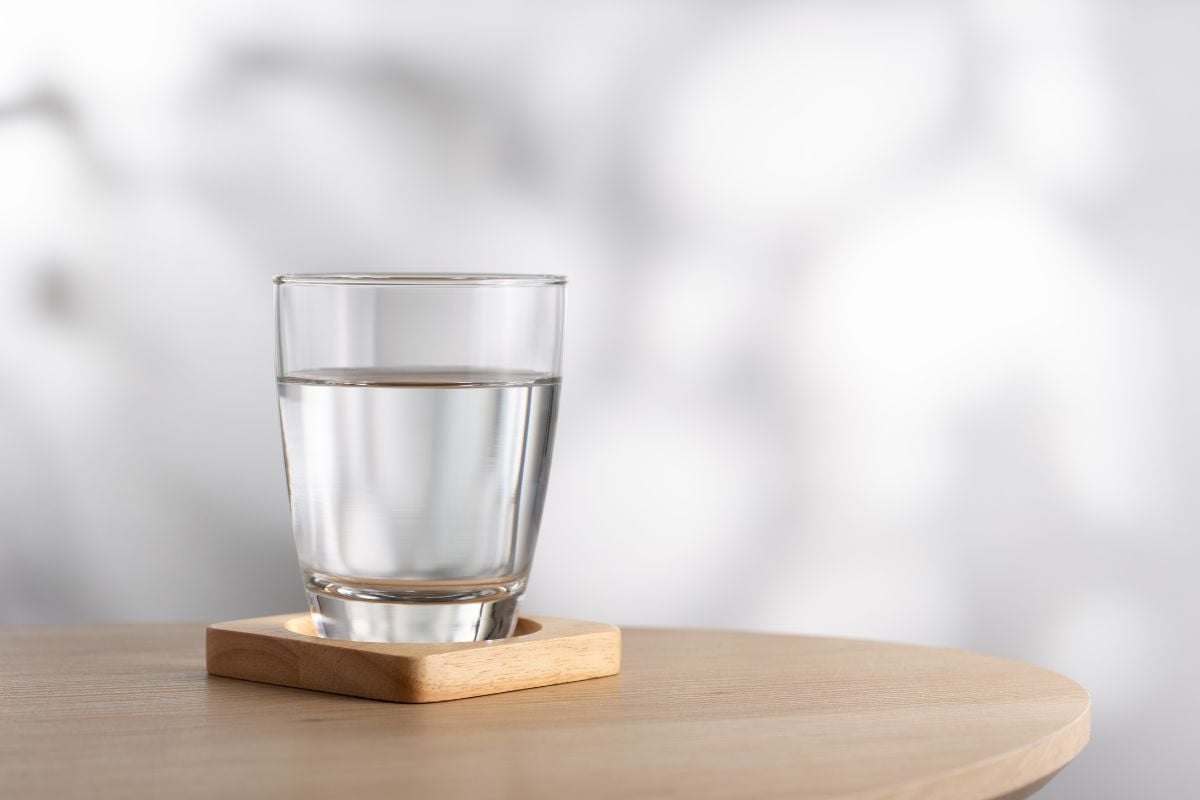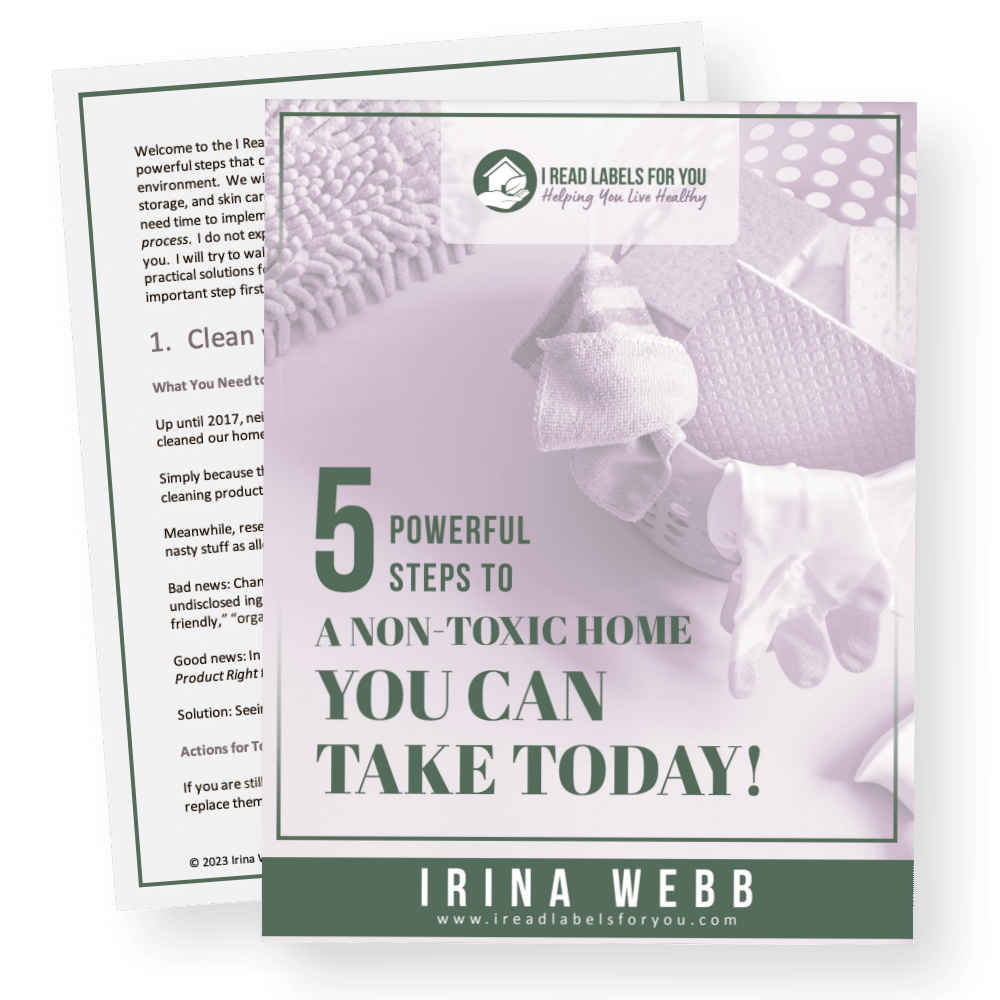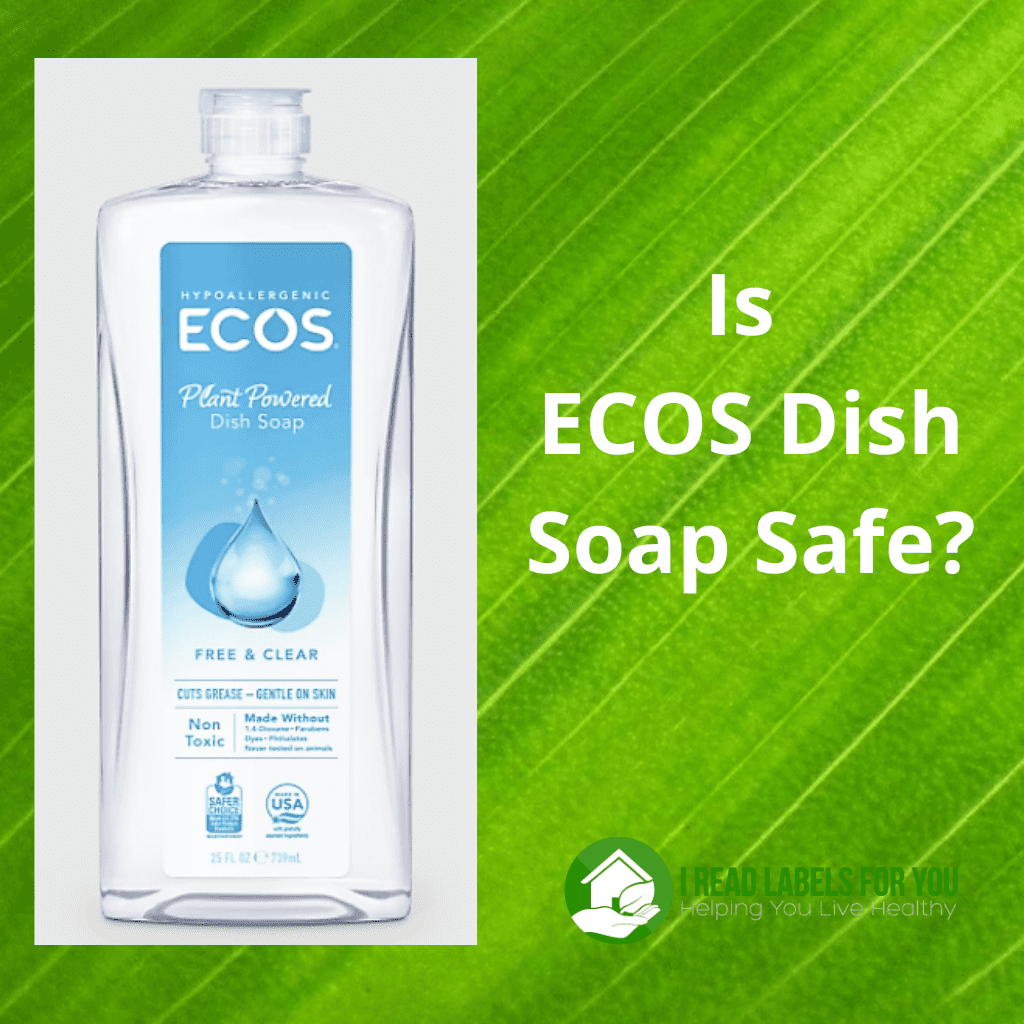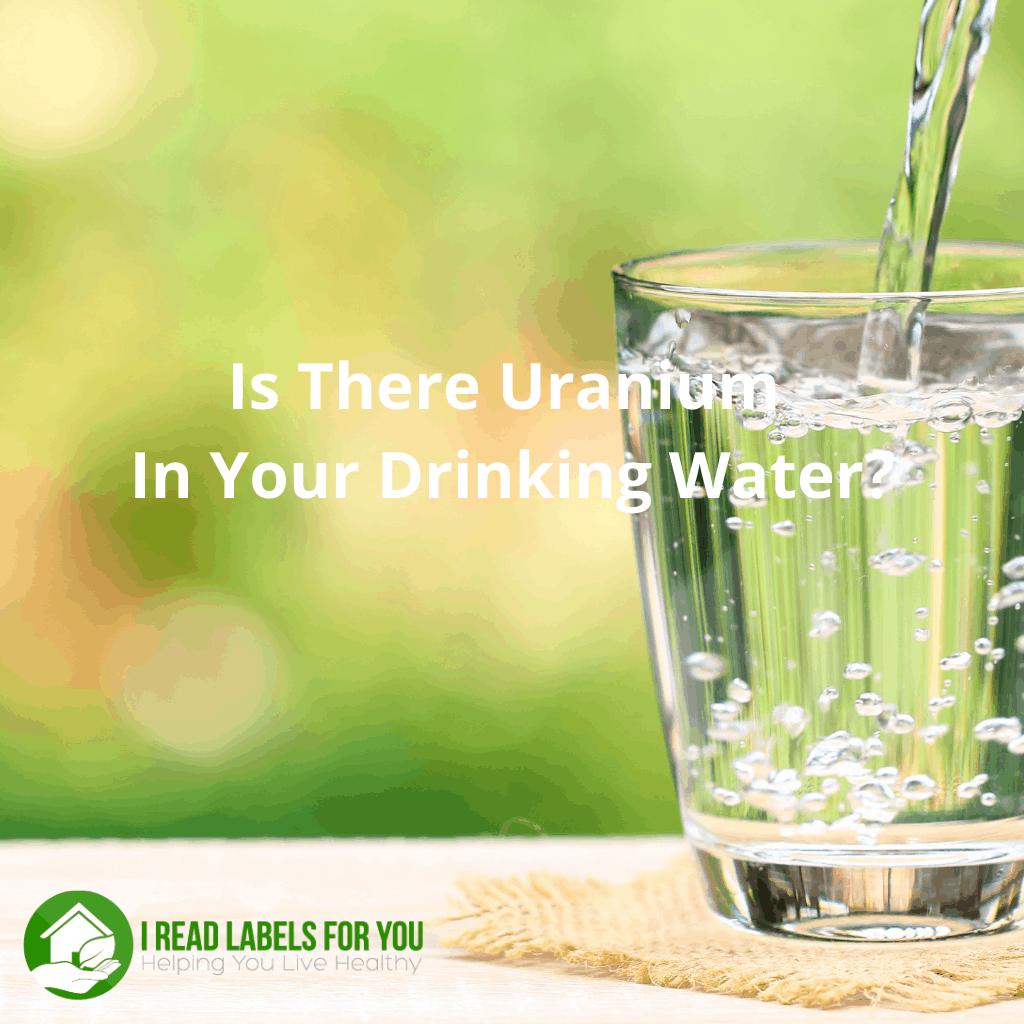Do you need to send a sample to a water testing lab?

How do you know if there is lead in your drinking water? Is your water safe? Do you need to find a water testing lab?
The high levels of lead in Flint, Michigan made national news. Now other municipalities are also reporting problems with their water.
Just recently, when the Charlotte-Mecklenburg School System tested for lead in drinking fountains and sinks at 58 schools, 27 had unacceptably high levels of lead (source).
But is there lead in YOUR drinking water?
The Federal government regulates lead in tap water and allows 0.015 milligrams per liter, which is the equivalent of 15 micrograms per liter or 15 parts per billion (ppb).
According to the Centers for Disease Control and Prevention, there is no safe lead level in children. However, the Federal government considers the 15 ppb level safe.
Why is that?
When the government establishes a safety limit for a harmful pollutant, it becomes a compromise between public health, the cost of complying with the standard, and industry lobbyists.
The Environmental Working Group (EWG), an advocacy group for public health and the environment, has established a safety limit for lead in water based only on the effect on the public’s long-term health. The EWG’s limit for lead in water is 0.0002 milligrams per liter, which is the equivalent of 0.2 micrograms per liter or 0.2 parts per billion (ppb) (source).
You might have heard that lead is toxic to the developing brain and nervous system. But it does more harm than that.
The International Agency for Research on Cancer (IARC) has classified lead as “probably carcinogenic to humans.” (source) However, recent epidemiological studies have shown that ongoing non-occupational exposure to lead is associated with higher death rates due to cancer (source). This is probably because lead causes DNA damage and inhibits DNA repair. Lead may also increase the harmful effects of other carcinogens (source). So if you want to improve your chances of warding off cancer and improve your chances of healing from cancer you may already have, I think you should do your best to reduce your exposure to lead.
Before we talk about a water testing lab, let’s see if you need to test for lead in your water. There are a couple of easy but necessary steps for this.
First, download your municipal water quality report.
All you need to do is to type the name of your city and the phrase “water quality report” into Google. Look for the information on lead in your municipal water in the report. If you do not see lead listed in the report, you might give them a call and ask how often they test for lead and what their findings have been. Keep in mind though that if they find the levels of lead in water compliant with the Federal standard, they might not publish the test results at all and proclaim that there is no lead in the water. But now we know that there is no safe level of lead, and so this might not be as reassuring as you might want it to be.
In addition, the unsafe levels of lead in our drinking water often go unreported. For example, in 2001, after Washington, D.C., changed how it disinfected drinking water, lead in tap water at thousands of homes spiked as much as 20 times the federally approved level. And the residents did not find this out for three years (source).
Even though Congress banned lead solder water pipes 30 years ago, studies show that between 3.3 million and 10 million older lead pipes remain in service (source). They can leach elevated lead levels into tap water simply when shaken during repairs. They can also be affected by a change in water chemistry.
So it is a good idea to inquire about the state of water pipes in your area to decide whether you need to start looking for a water testing lab.
In addition, keep in mind that your water municipality is not responsible for the water pipes that lead from your water meter to your tap. Those pipes are the responsibility of homeowners. And if your house was built before the eighties, chances are that those pipes are lined with lead or are connected to each other with lead solder, meaning that your drinking water is running over lead even as you read this.
So with this said, to know for sure if there is lead in your water and how much, it might be a good idea to send a sample to a water testing lab. When you contact a water testing lab, inquire what their minimum detectable level is.
For example, when I called CalTest water testing lab, their minimum detectable was 2.5 ppb. However, per the EWG the level should not be higher than 0.2 ppb.
The water testing lab that I like the most is called TapScore, an unbiased service founded by a University of California (Berkeley) team of scientists, engineers, and academics.
They test for lead and all other contaminants to the EWG’s stringent standards and provide you with lots of helpful information along the way. In other words, their standards are based solely on the potential health impacts, without considering how costly and inconvenient it would be to eliminate or reduce the sources of the contamination.
This water testing lab will recommend a water filter to remove the contaminants found in your water. They neither sell nor profit from sales of water filters.
And their water testing packages are so much more affordable than anywhere else I have seen.
To test for lead (and copper) in your drinking water, click here
To see all of their water testing packages, head over here.
Email us to get a discount code to use at checkout.
Please let us know in the comments what you find out about the quality of your drinking water.
For help choosing the right water filter, click here.

Download The Free Guide!
5 Powerful Steps To A Non-Toxic Home
Join our informed consumer community and get our free guide the “5 Powerful Steps To A Non-Toxic Home”.

 Written by
Written by 





Hellow, Irina
What do you think that I send water sample of filtered water, propur pro-one system
for mold and fungus test.
A member of the savvy consumer circle complained of mold growing inside it.
Hi, Kay! We appreciate your interest and trust! If you want to know the details that are not described in the post, you are more than welcome to book a consultation with Irina: https://ireadlabelsforyou.com/services/